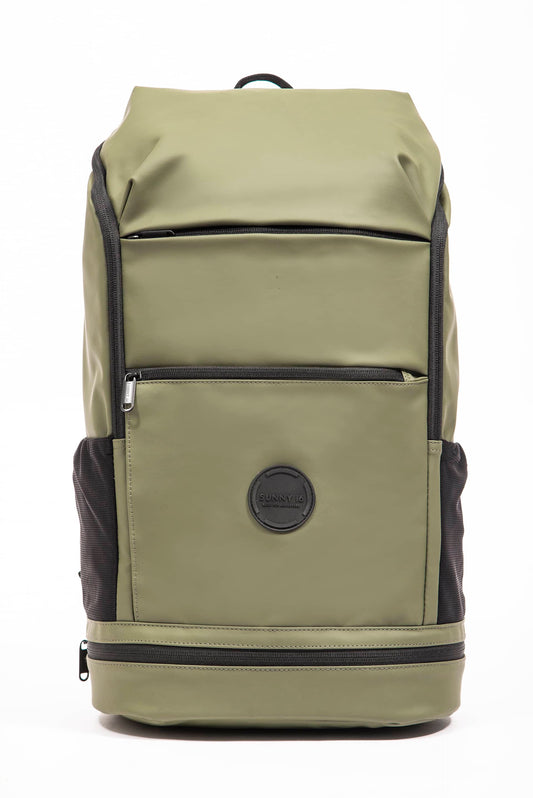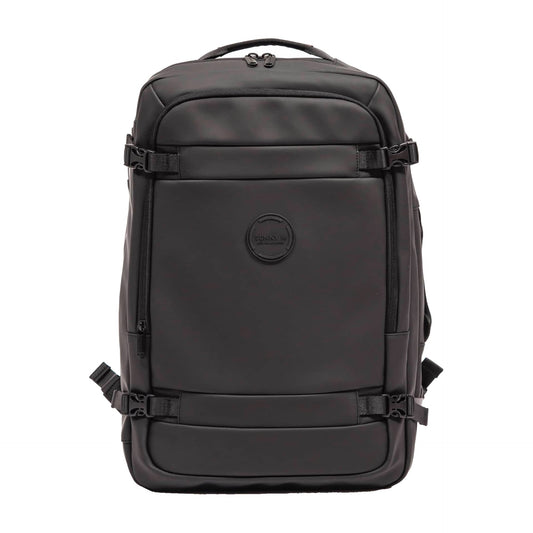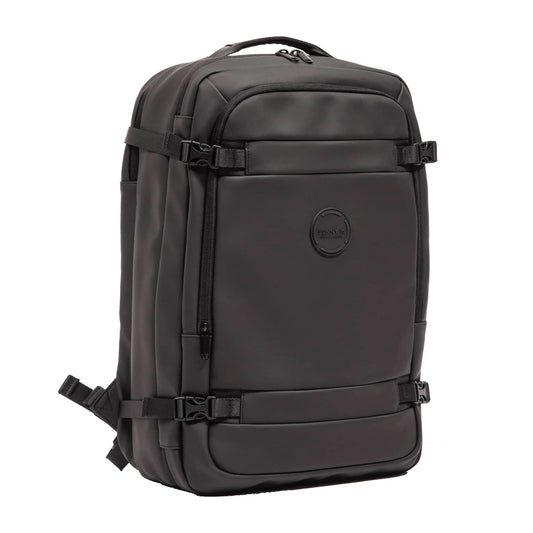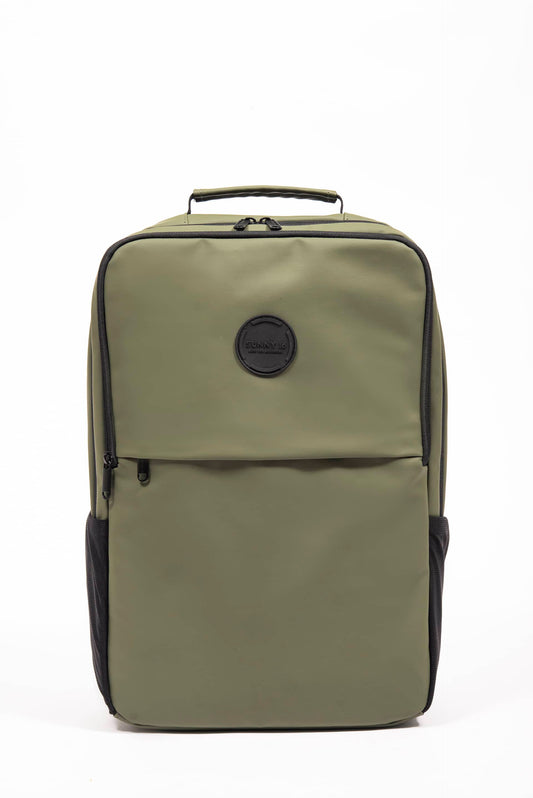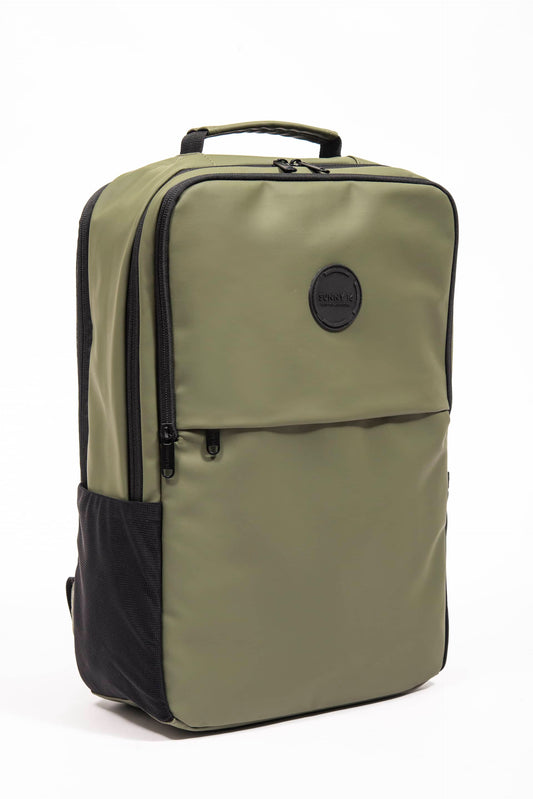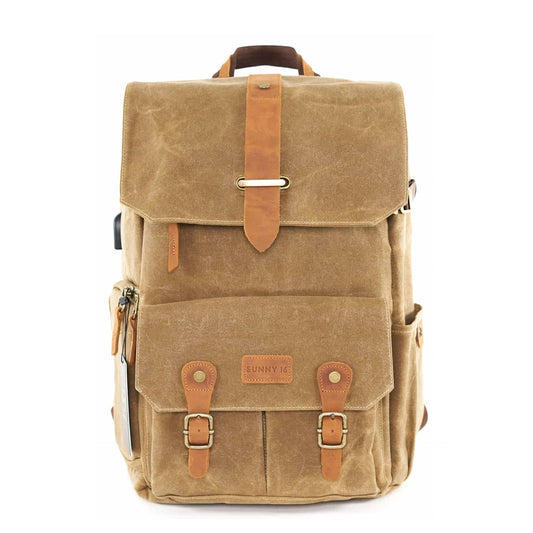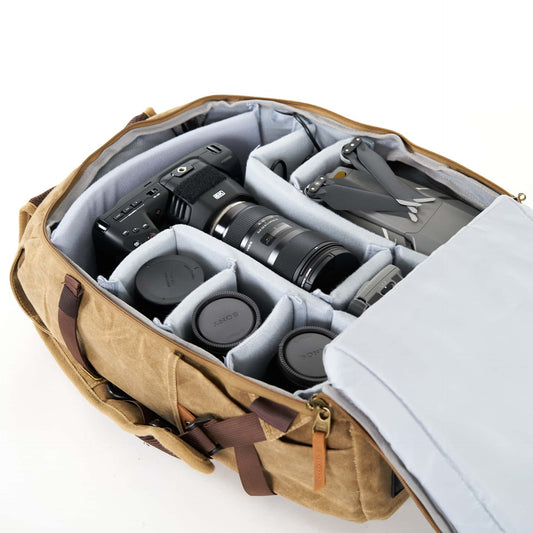
What is Photography? Definition, Examples and Tips
Share
So you want to be a photographer. However, you're just starting out and aren't really sure where to begin. It may seem like a silly question, but what is photography?
Really, what is it?
Though it might seem simple on the surface, photography can be exceedingly complex. And, what separates master photography from novice photography can be incredibly nuanced.
Heck, what is the purpose of photography?
Well, this article will attempt to define photography and its purpose, as well as give you some valuable beginners knowledge.
What is photography defined as?
Photography is the art, application, and practice of creating durable images. This is done by recording ambient light, either with an electronic image sensor, or chemically by means of a light-sensitive material.
However, the history and presence of photography is amazingly rich.
In fact, the first permanent photograph was captured in 1826 by Joseph Nicéphore Niépce. The image was incredibly simple, just a grainy reflection on a rooftop, but still unheard of at the time.
Today, cameras usually capture light using a digital sensor or film, which will create an image. Being able to capture light isn't even limited to what we can see, as modern cameras can also capture UV, infrared, and radio wavelengths. No doubt, we’ve come a long way.
Photography, derived from the Greek words "photos" meaning light and "graphein" meaning to draw, literally translates to "drawing with light." This artistic and scientific process involves capturing images through the recording of light, either electronically by a sensor or chemically by a light-sensitive surface.
The journey of photography began long before the invention of the camera. The camera obscura, a darkened room or box with a small hole or lens at one side, projected an image of the outside scene onto an opposite surface. This concept laid the groundwork for the development of modern photography.
The invention of photography is credited to pioneers like Louis Daguerre, who in 1839 introduced the daguerreotype, the first publicly announced photographic process. It involved a sheet of silver-plated copper, treated with iodine vapor to make it sensitive to light, and developed using mercury fumes. This early method was a significant milestone in photography and documentary as it allowed for the preservation of detailed images of real life.
Simultaneously, the calotype process, introduced by William Henry Fox Talbot, utilized paper coated with silver iodide to produce a negative image. This negative could then be used to create multiple positive prints, a foundational principle for modern photographic reproduction. The chemical processing of these early images involved using silver halides, which are compounds sensitive to light, allowing for the capturing and developing of photographs.
The evolution of photography continued with the advent of color film in the early 20th century, adding a new dimension to the monochromatic world of early photographs. This innovation allowed photographers to capture the world as it is seen, full of vibrant colors and varying hues, further enriching the field of photography.
The transition from chemical to digital photography marked another significant leap. Digital cameras use electronic sensors to capture images, which are then processed and stored digitally. This shift has made photography more accessible, versatile, and immediate, allowing photographers to see and edit their work instantaneously.
Art photographers have continually pushed the boundaries of what photography can be, using their medium to explore complex themes, emotions, and narratives. Their work often blurs the line between reality and imagination, using both traditional and digital techniques to create compelling visual stories.
In essence, photography is a blend of science and art, where light is captured and manipulated to produce images that can inform, inspire, and captivate. From its early days of camera obscura and chemical processes to the digital age, photography remains a powerful tool for documenting the world and expressing creativity.
What is the Purpose of Photography?

While the question of "What is photography" is rather easy to answer, the same can't be said about its purpose. After all, what's the purpose of any art?
Art is subjective, and in the end, photography has purpose because we enjoy it. Not to mention the fact that there's an objective beauty in capturing the world around us.
Of course, no one can argue that photography isn’t important. Without it there would be no Selfies, no vacation photos, no YouTube, and no film. For many people, photography is a way to have a crystal clear image of otherwise blurry memories. Other people enjoy the visual entertainment of magazines and other photos.
Overall, when wondering what the purpose of photography is, just try to imagine how different the modern world would be without it!
What is composition in photography?

Now that you know the answer to “What is photography”, it’s important to discuss composition rules.
But, what are some photography composition rules?
Composition is what makes a photograph. It's the way a photographer decides to frame their subject, and can make a photo more interesting.
For example, many great landscapes include an object in the foreground to add an interesting touch. Or, photographers often use the rule of thirds to enhance the interest of their photo.
In general, a good photographer will think about the composition of their photograph before they even start shooting. Good composition is one of the major things that separates a pro from a newbie.
Photography tools of the trade

If it wasn’t obvious, you’ll need a camera for photography. While you might wonder: “What is the best camera for photography?” The answer to that question is somewhat nuanced.
There are portrait cameras, best sports cameras, jack-of-all-trades cameras, etc. You can get anything from a DSLR camera to a mirrorless camera. DSLR’s have amazing autofocus systems, great image quality, and give you a lot of control. But, they’re pretty expensive. On the other hand, mirrorless cameras are lighter, faster, and more affordable.
Think about what interests you, and don’t be afraid to do some research.
Of course, there’s other things to consider too. Lenses, Flashes, etc. These tools are also unique to the type of photography you’d be taking.
And, don’t forget about camera bags! After all, you’ll want to keep all this equipment safe and sound. We recommend The Voyager camera backpack, as it’s a balanced, quality bag. It's lightweight, spacious, and even water-resistant. You’ll also never miss a shot using the quick draw side access camera backpack.
Photography Tips and Tricks for Beginners
Now that you know the answer to the question, “what is photography”, you’re ready to dive into the world of photography. For fun, let us know in the comments the first time you experienced photography!
And, if you want to learn more tips and tricks for beginners, check out our article on the Best Photography Tips and Tricks for Beginners.





